A well-crafted content marketing strategy isn’t just a valuable asset. It’s the driving force behind brand visibility, engagement, and growth.
Whether you’re a seasoned marketer or just setting sail in the vast sea of online content, I’ve got you covered. Let’s explore the strategies, tips, and tactics to create a stellar content and social media strategy, and put your brand on course for success.
Contents
What is a content marketing strategy?
In the realm of digital marketing facts, 66% of brands have a well-defined content strategy, underscoring its importance in modern marketing. A content marketing strategy encompasses goals, themes, and tactics to craft and distribute valuable content that attracts and retains clients. Serving as the go-to document for the content team, it leverages different content formats, including text, audio, and video.
While the content marketing definition can vary, its essence lies in understanding your audience and providing relevant, problem-solving content.
Online content marketing vs. traditional marketing
The difference between online content marketing and traditional marketing is in the medium they use to approach customers. While traditional marketing typically attracts customers with offline media (flyers, outdoor advertising, and TV ads), online marketing offers value through content published on various digital platforms.
Let’s say you’re handed a flyer advertising a bike sale. Two things can happen. First, you are considering buying a bike, so you pay attention to the offering. Second, you don’t need a bike and ignore the advertisements.
Now, let’s say you decide you want to work out more. You research the topic and find high-quality content from a bike brand. They answer your questions and help you choose what product fits your needs. Maybe you don’t buy immediately, but you subscribe to their newsletter. They keep you updated with relevant information. When you’re finally ready to purchase, they are first on your list.
Traditional marketing can deliver quicker results but tends to be hit or miss. It’s more intrusive than content marketing, which meets people with the right content at the right time.
11 practical steps to create a successful content marketing strategy
By now, you’re clear on the role and types of content marketing, how to use content formats, and how they map out to your audience’s journey.
Let’s get practical. Follow the steps below to create a content marketing strategy from scratch or optimize your existing one.
1. Understand your target audience
Content marketing is not about you, the brand. It’s about the clients and how you can help them every step of the way.
Here’s how to get to know your audience and ensure that everyone on the team knows who you are addressing:
- Conduct market research. Define your audience by analyzing the profile of your current and potential customers. Use surveys, find industry trends, and look at the competition.
- Create buyer personas. Develop detailed profiles of your ideal customers. Include demographics such as age, gender, location, and psychographic information, including values, desires, interests, and lifestyle choices. Not least, take note of preferred social media channels, websites they visit, influencers they follow, etc.
- Segment your audience. Based on your personas, create audience segments and personalize communication to ensure relevance.
Match your product or service to your audience segments. Which features benefits are more likely to spark their interest? How can you turn them into content ideas? These questions are essential for conturing any content marketing plan.
2. Align content strategy with your brand goals
You have to be clear about what business goals your content strategy supports. Content marketing is versatile, but it needs focus to work.
Let’s say you’re creating content for a digital marketing company. Digital marketing is a broad topic; you could write blog posts left and right. You would probably get some awareness, which is not bad. But what if that company wants to generate leads for its newly launched email marketing tool? Then, the content must be more specific to that topic and the needs of email marketers.
In my experience, content marketing can easily try to cover too much at once. Going in all directions is tempting, especially when you have the resources. But if you want a positive return on investment from your content creation process, ask: What are your primary business goals for this year or quarter?
3. Set clear content marketing goals and objectives
Let’s say you establish that a company aims to get leads for their newly launched product. Then, your marketing goal is to produce content that moves the target audience through the awareness and consideration stages.
Set SMART Goals
- Specific: Clearly define what you want to achieve
- Measurable: Establish criteria to track progress
- Attainable: Set realistic and achievable goals
- Relevant: Align goals with your overall business objectives
- Time-bound: Set a deadline for achieving each goal
Define KPIs
Define key performance indicators (KPIs) to help you track goals and determine where to optimize content production. Typical content marketing KPIs include website traffic, conversion rates, social media engagement, email open and click-through rates, list or community growth, or ROI (return on investment).
Choose the most relevant KPIs for each stage in the content marketing strategy. For example, traffic fits the awareness stage, while conversion rates are more appropriate in the decision stage.
Additionally, ensure these KPIs are aligned with an integrated marketing approach to maintain consistency and maximize the impact across all channels and platforms.
4. Develop an editorial plan and content calendar
An editorial plan is a documented strategy that outlines themes, content formats, as well as the resources you need to implement them. It ensures that you publish content consistently and that your focus remains on the audience. This is where a communications calendar becomes an invaluable tool, helping you clearly see what will be published, when, and on what channels.
The content calendar derives from the plan and is more tactical. It helps you clearly see what will be published, when, and on what channels. Here are a few things to include in your content calendar:
- Content titles
- Keywords
- Publication dates
- Content types
- Target audience
- Distribution channels
- Responsible team members
- Approval process
- Campaign labels
Organizing content gets tricky when working with multiple topics, channels, and team members — as is usually the case. Here’s where using a tool designed for content organization and publishing can make your life easier.
For example, Planable’s social media calendar lets you schedule content on various platforms and multiple campaigns simultaneously. You can add comments and ask for feedback and approval in the tool, so there’s no need to go back and forth between documents.
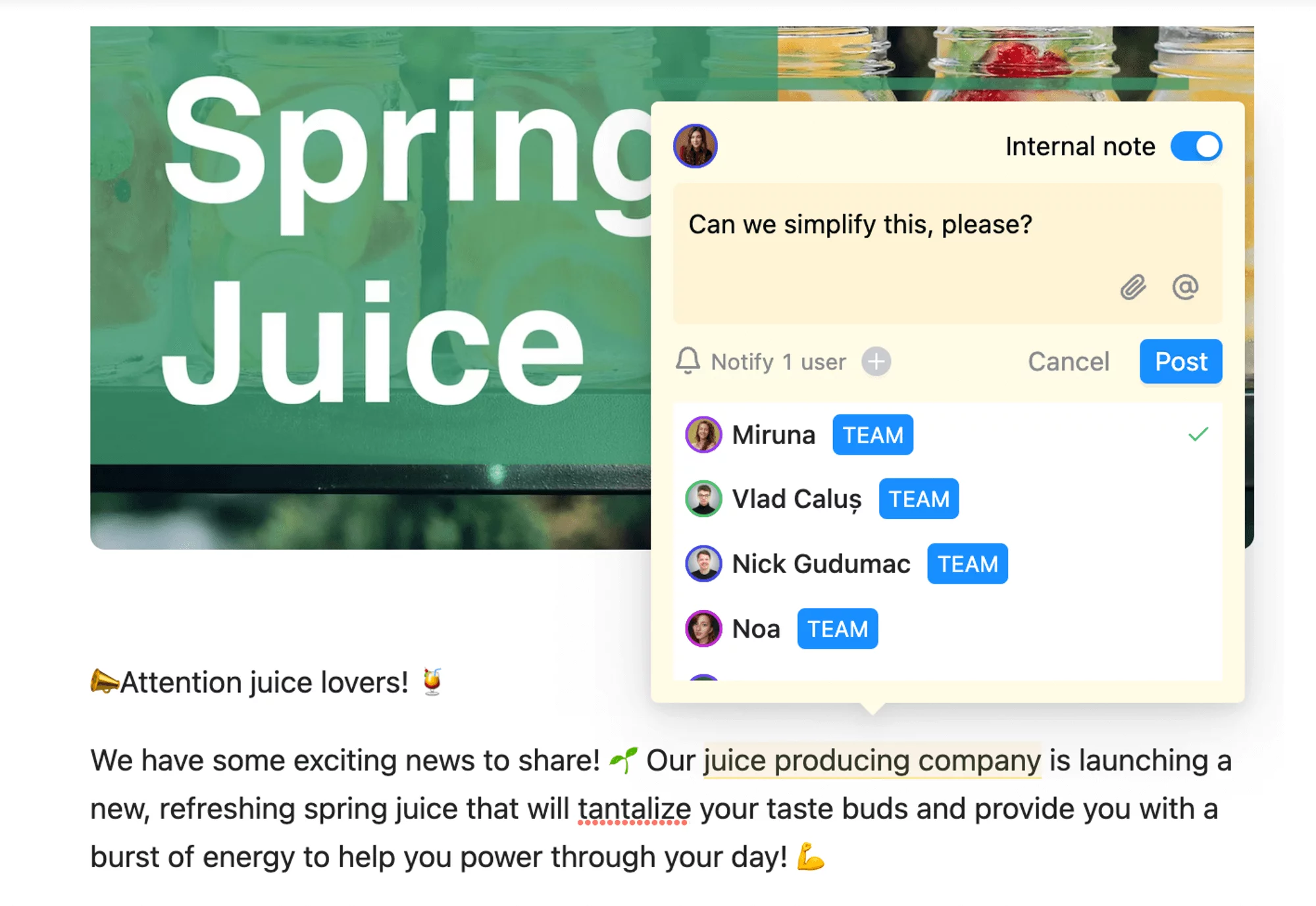
Internal team content feedback in Planable
With the multiple views, you can focus on one post or have a complete picture of what’s coming, while the colored labels make everything more visual and easy to grasp for anyone on the team.
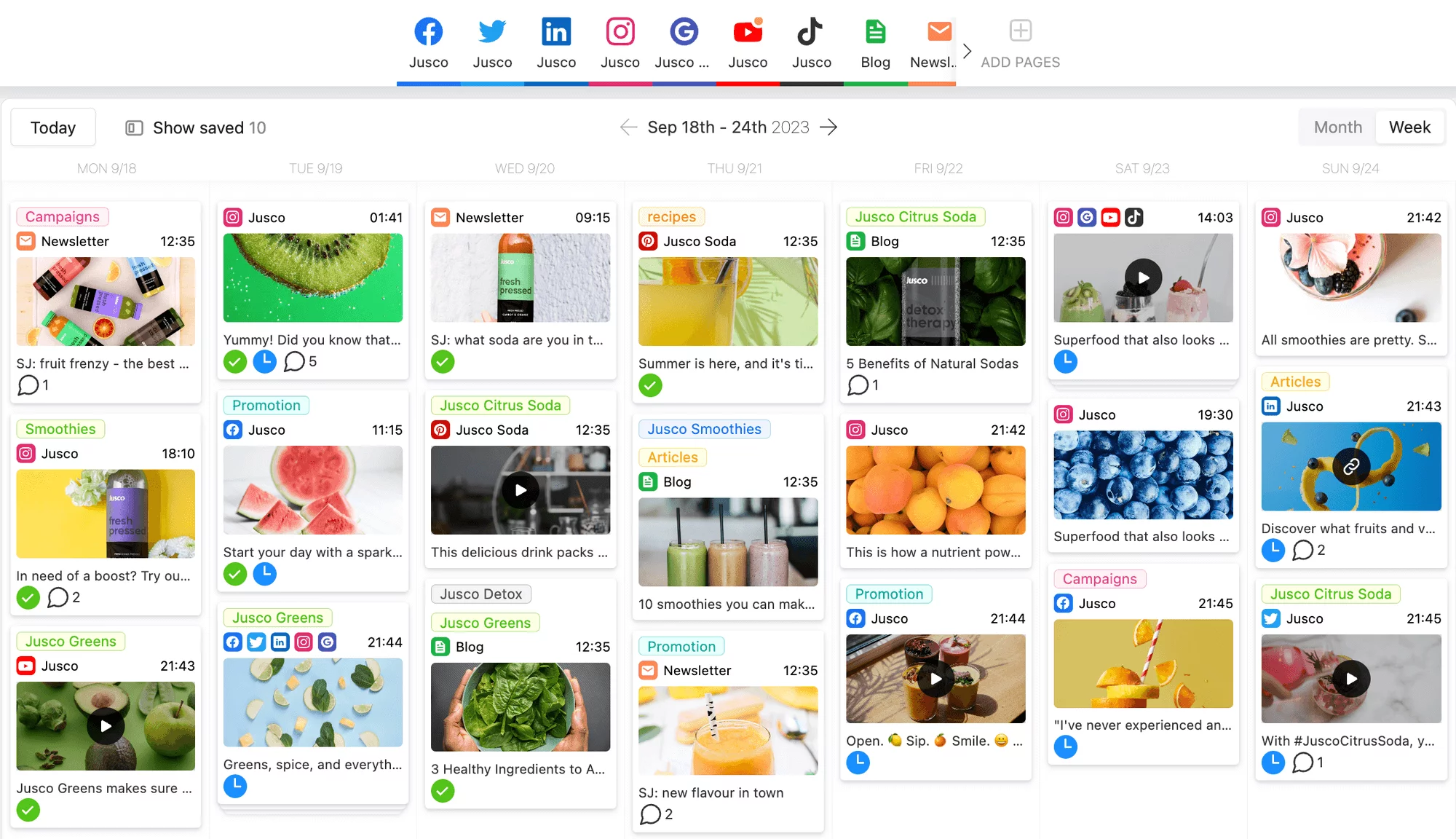
Content calendar organization through labels in Planable
5. Plan content distribution
Planning content distribution is crucial for reaching your target audience effectively.
Here are a few steps essential to all content marketing strategies:
- Select the best distribution channels where your target audience is most active. Match content formats to the appropriate platforms.
- Optimize existing content with catchy titles and images to make it visually appealing and enticing when shared on different channels.
- Engage with your audience through comments, likes, and shares.
- Publish content regularly. Use a content distribution tool like Planable to keep you on track and streamline content marketing efforts.

Content marketing campaign planning in Planable
- Collaborate with influencers or industry experts for a wider reach.
- Use paid ads to increase visibility quickly.
- Optimize content with keywords to increase organic traffic.
- Repurpose content to use resources effectively. For example, you can repurpose video to written content or blog posts to paid ads.
Remember that content becomes valuable only when it reaches its intended audience and not when sitting unnoticed on your website.
Speaking of repurposing content, consider these Repurpose.io alternatives to ease your workload.
6. Have a content marketing team
It’s tempting to put content marketing on the shoulders of your existing team. I’ve seen it done more than once. However, it rarely works, as they lack the specialized knowledge and focus to implement an effective content marketing strategy.
A dedicated content marketing team can plan strategically and enforce timely, consistent content creation. Here’s how to put together a team and organize tasks:
- Define content roles. Typical roles include content writer, content marketing manager, social media manager, graphic designer, and video producer.
- Hire marketing professionals. Assign clear roles and responsibilities so that collaboration goes flawlessly.
- Establish easy collaboration and communication. Content publishing is complex and usually involves multiple departments and layers of approval. Set up your team for success with the right tools.
- Define a process for content ideation, creation, editing, and publishing.
- Set guidelines for consistency and quality. Create and share a content style guide that includes dos and don’ts, the brand tone of voice, and other style and design choices.
Planable makes creating content more accessible. It lets you edit and collaborate on all types of content — blog posts, emails, social media posts, etc., streamlining the work of marketing teams.
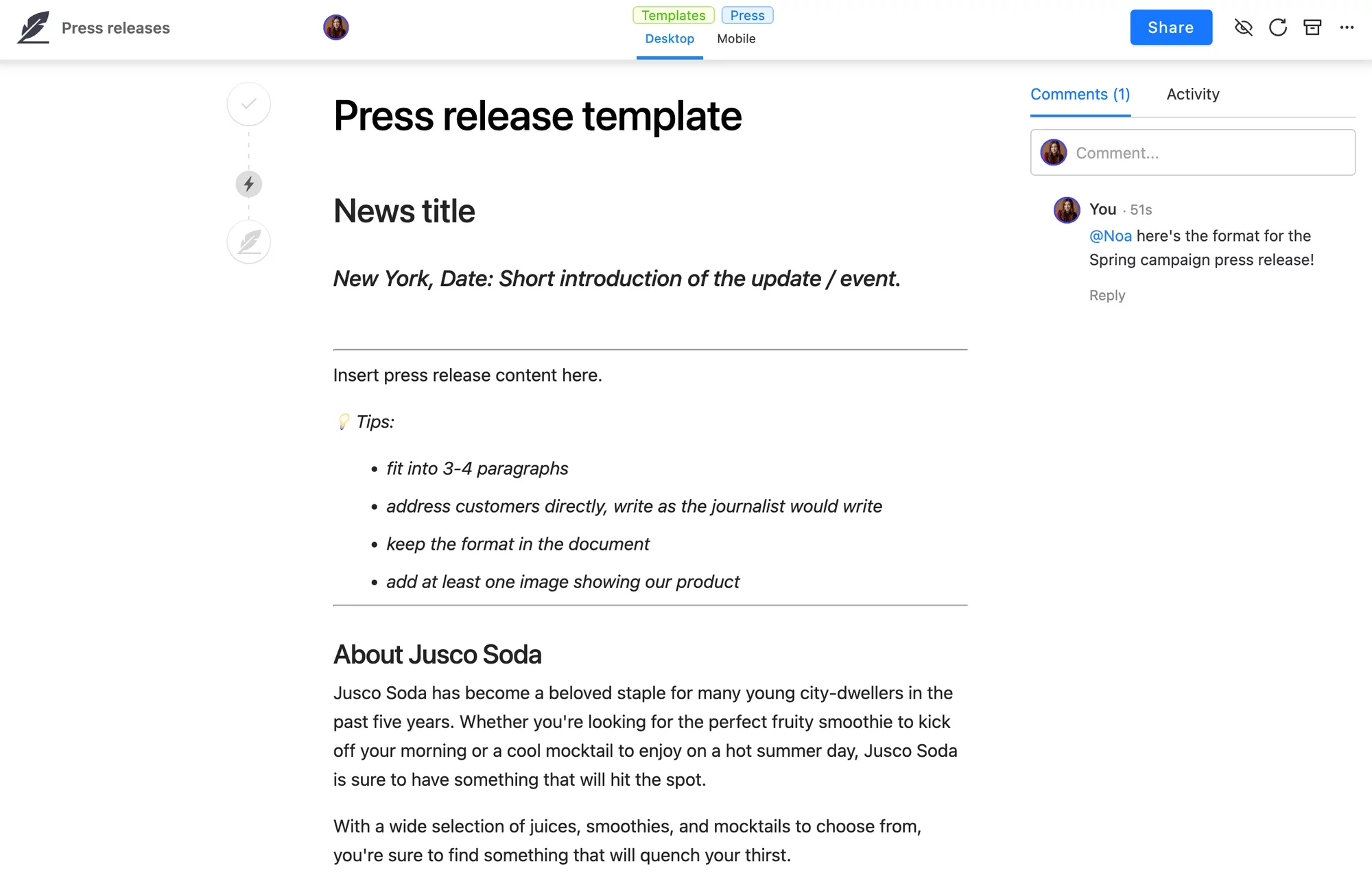
Press release template in Planable
From creation to scheduling and publishing, you can set roles and permissions and create approval workflows at every step of your content strategy.
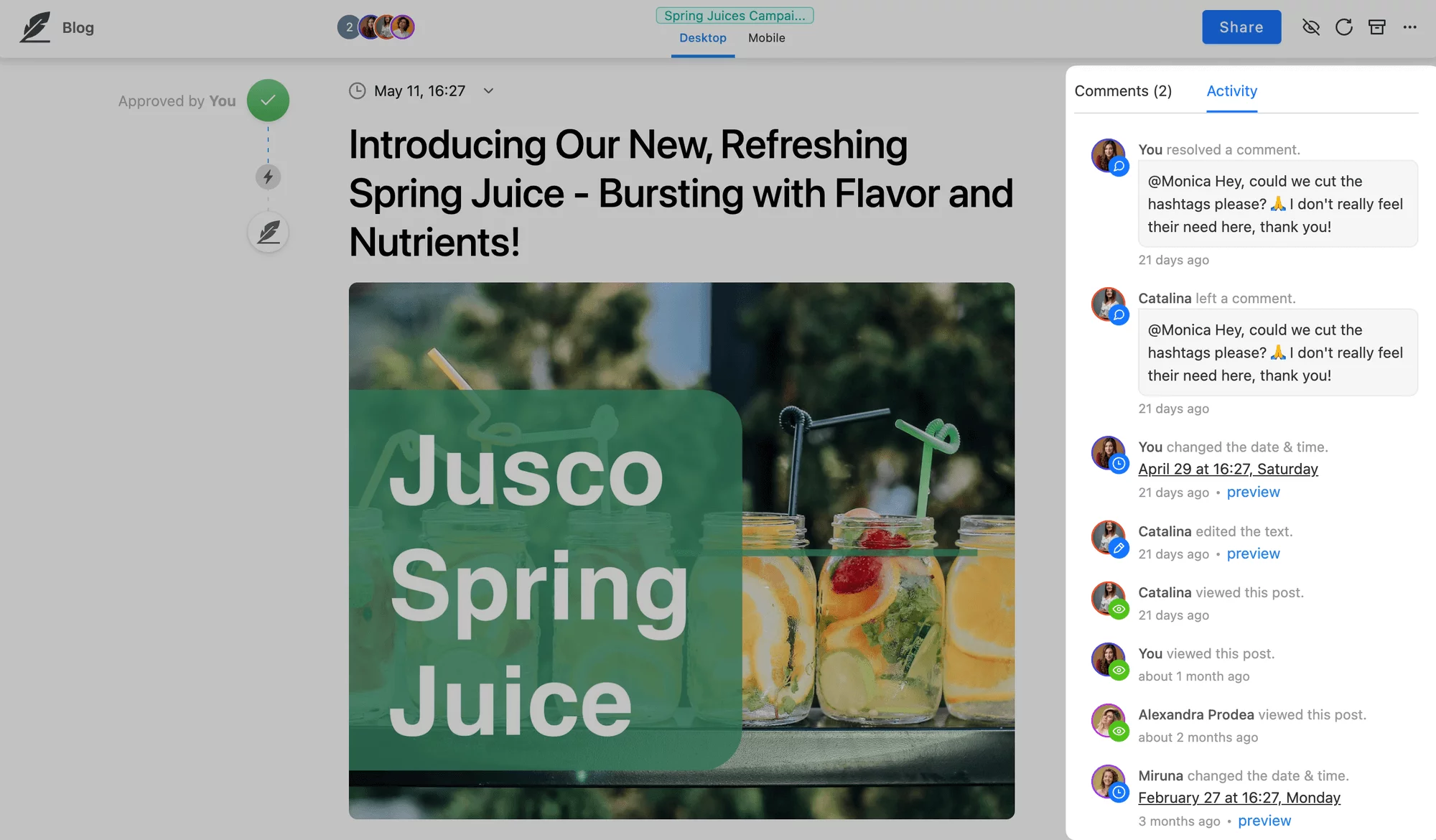
Multiple team members collaborating on a blog article in Planable
7. Stay up to date with industry trends
The pillars of a great content marketing strategy remain unchanged. It’s about serving your target audience with helpful content. However, the content formats evolve, customers’ behaviors and expectations change, and new communication channels constantly appear.
To ensure that your marketing strategy is up-to-date and to keep your competitive edge, do the following:
- Subscribe to industry newsletters and follow thought leaders like The Content Marketing Institute.
- Listen to podcasts with experts to get new content marketing tips.
- Watch interviews and tutorials for practical content marketing examples.
- Attend content marketing courses to update your skills.
- Go to live events or coworking conferences to grow your network and access fresh insights.
8. Utilize inbound marketing strategies
A successful content marketing campaign is typically part of a larger inbound marketing strategy. Its primary goal is to organically draw potential customers to a brand, and it has content at its core.
Here are inbound principles to apply in your content marketing strategy:
- Offer value in all interactions.
- Create content with relationship-building in mind.
- Build content funnels that generate leads for the business.
- Make SEO a primary focus.
- Leverage existing content on all channels.
- Always look for new ways to delight your target audience.
9. Maximize user-generated content
Maximizing UGC involves creating a relationship with your audience, where they become advocates and contributors to your brand’s story. UGC can increase brand awareness, engagement, and reach in a way that traditional marketing efforts often cannot achieve.
- Encourage fans to create and share content related to your brand or products. Make it clear that you value their contributions.
- Create branded hashtags and encourage users to include them.
- Organize campaigns that incentivize users to create and share content. Offer prizes, discounts, or recognition for the best submissions.
- Ask customers to leave reviews and ratings on your website or third-party review platforms.
- Showcase UGC on your website, social media profiles, or marketing materials.
- Partner with influencers in your industry who can create UGC that aligns with your brand.
For example, GoPro has a long-standing tradition of highlighting UGC and rewarding the best contributions.
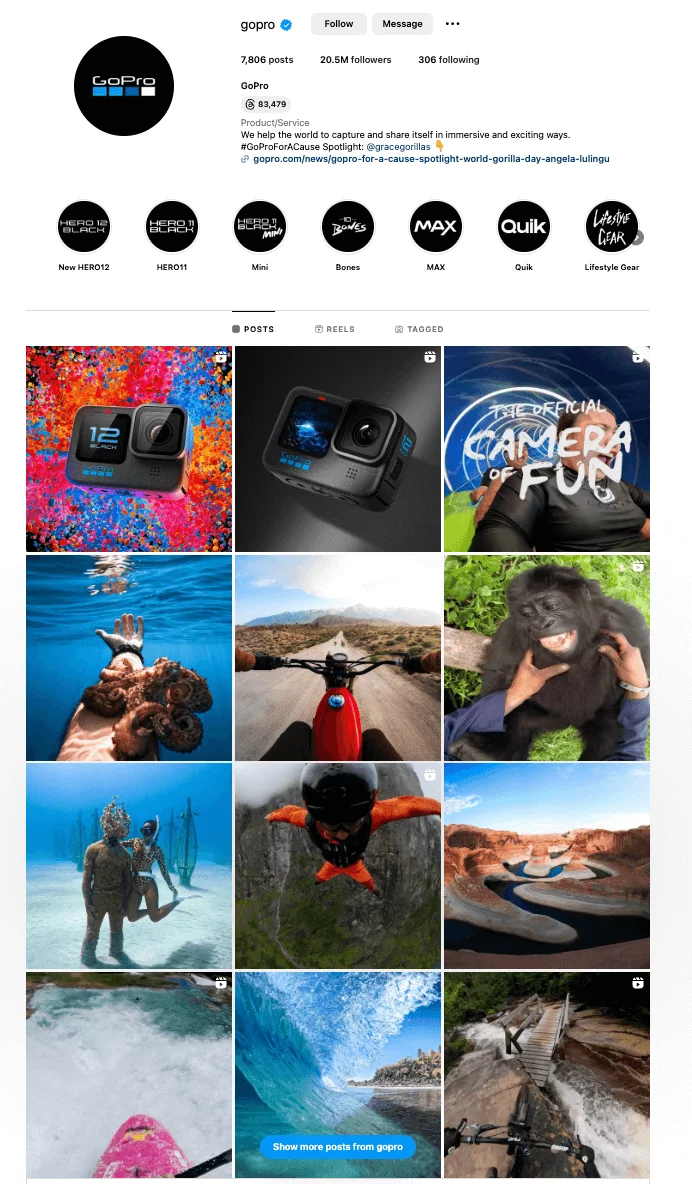
GoPro Instagram account with UGC posts
10. Analyze and refine your content marketing strategy
Your content marketing strategy is not set in stone but an evolving set of guidelines, themes, and formats that need constant measurement and optimization.
To ensure content marketing success:
- Track and measure performance. Monitor KPIs to evaluate the effectiveness of your content marketing efforts. Gather data on website traffic, engagement, and conversions.
- Analyze audience feedback. Listen to your audience’s comments, reviews, and feedback. Use this information to improve your content and address audience needs.
- Make data-driven adjustments. Identify areas of improvement and optimize your editorial calendar and distribution strategy accordingly.
- Perform a yearly content audit to evaluate relevance, consistency, and performance and to identify repurposing opportunities.
- Keep stakeholders up to date with results and how content marketing supports business goals.
11. Use the best content marketing tool
Using a content marketing tool can make the creation and management process easier and more strategic. It empowers you to create, distribute, and optimize content more efficiently, ultimately leading to better results.
Why is a content marketing strategy important?
A content strategy is based on potential buyers’ needs, pain points, and challenges. It clearly defines the goals and tactics, so everyone in the content team has clarity on what they’re producing, for whom, and what are the appropriate distribution channels. Naturally, the end result gets people’s attention.
By helping brands better engage with their audiences, content marketing offers a number of benefits, including:
- Increased brand awareness
Constantly publishing blog posts, ebooks, whitepapers, and other high-quality content helps people learn about your brand and positions you as a thought leader in your industry.
- Improved website traffic
Valuable content ranks well in search engines and is an excellent source of organic traffic.
- More leads
Content marketing guides people throughout the buyer’s journey, providing helpful information at every step. It gets people curious and prepares them for the sale.
- Increased sales
Content marketing can help turn leads into customers. Creating persuasive and informative content can help potential customers see the value of your products or services and make a purchase.
- Boosted loyalty
Content marketing success goes beyond the purchase. You create content that keeps customers engaged and that generates repeat business.
Content marketing provides long-term benefits. Many pieces of content have a long shelf life. A well-written blog post or video can attract and engage audiences for months or years. As a result, content marketing tends to be more cost-effective and support the customer journey better than traditional advertising.
Types of content marketing formats you should know
The right content formats can help you connect with your audience more effectively. But how do you choose? Let’s review some content marketing examples to help you decide which ones support your marketing goals.
1. Blog posts
Blog posts are one of the oldest forms of online marketing. Are they still relevant in 2024? Very much so (you’re reading one right now, aren’t you?) Written content that is audience-focused and benefit-driven adds value to people’s lives — and does wonders for search engine optimization.
Blogs help establish authority, drive organic traffic, and engage with customers meaningfully. They’re versatile and can serve various purposes, from educating and informing to engaging and entertaining.
A technology company can use blog posts to explain complex concepts, provide product updates, and offer troubleshooting guides. Nonprofit organizations can share success stories or project updates as part of their nonprofit marketing strategy, while travel agencies can showcase destinations and share valuable tips.
For example, on the Planable blog, we constantly provide useful written how-to guides to help our audience better navigate the complex online marketing environment, as part of our blog content strategy.
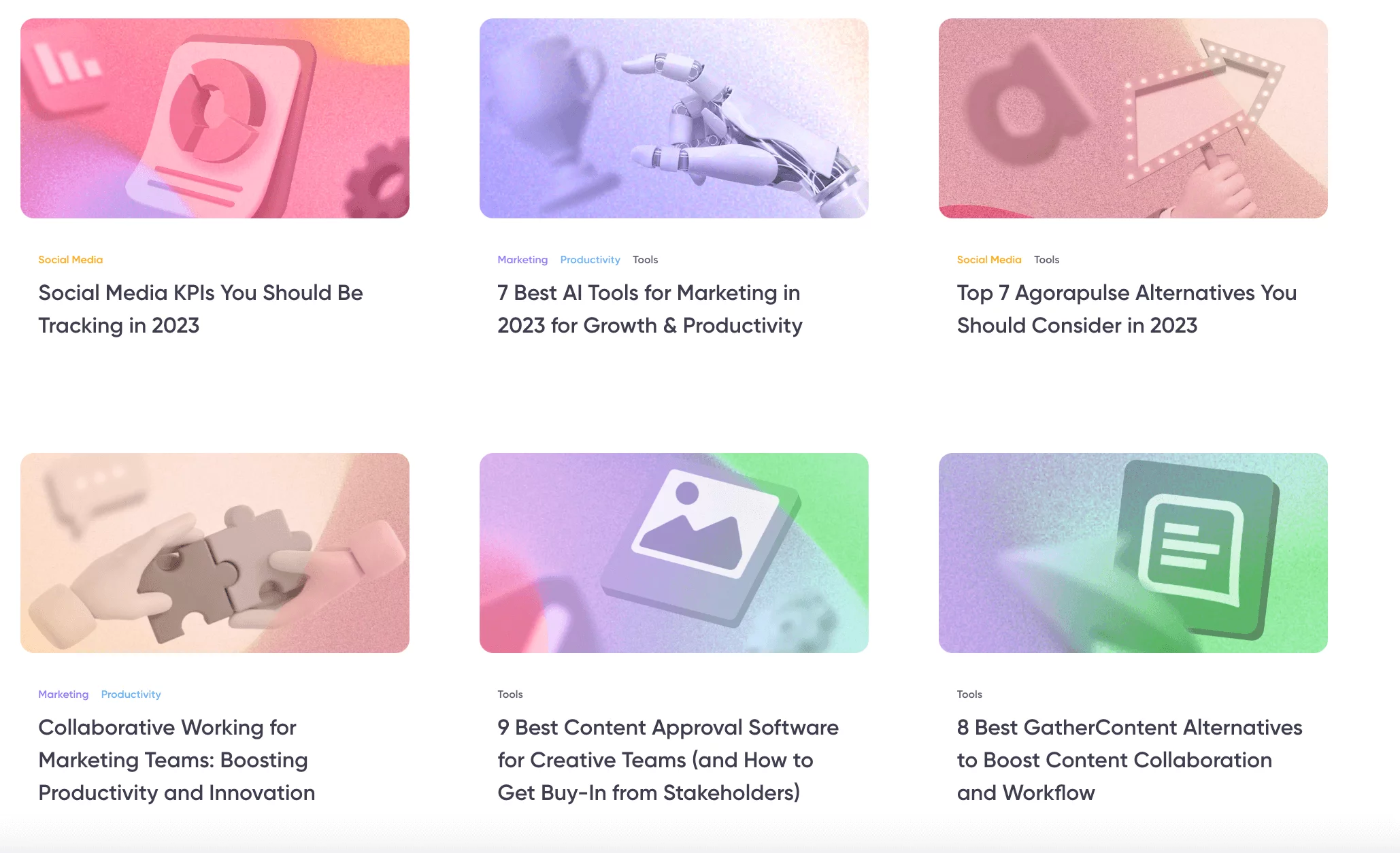
Educational posts on the Planable blog
2. Social media platforms
Social media platforms help you get your content noticed — because no one wants to invest in creating unique content and then see it go to waste.
Social media marketing lets you reach customers where they typically spend their time and engage in conversations. You can increase online visibility and brand awareness, promote products and services, and get valuable insights into your audience’s behavior.
Additionally, social media provides cost-effective advertising and real-time trend monitoring opportunities, making it an essential tool for building a strong online presence.
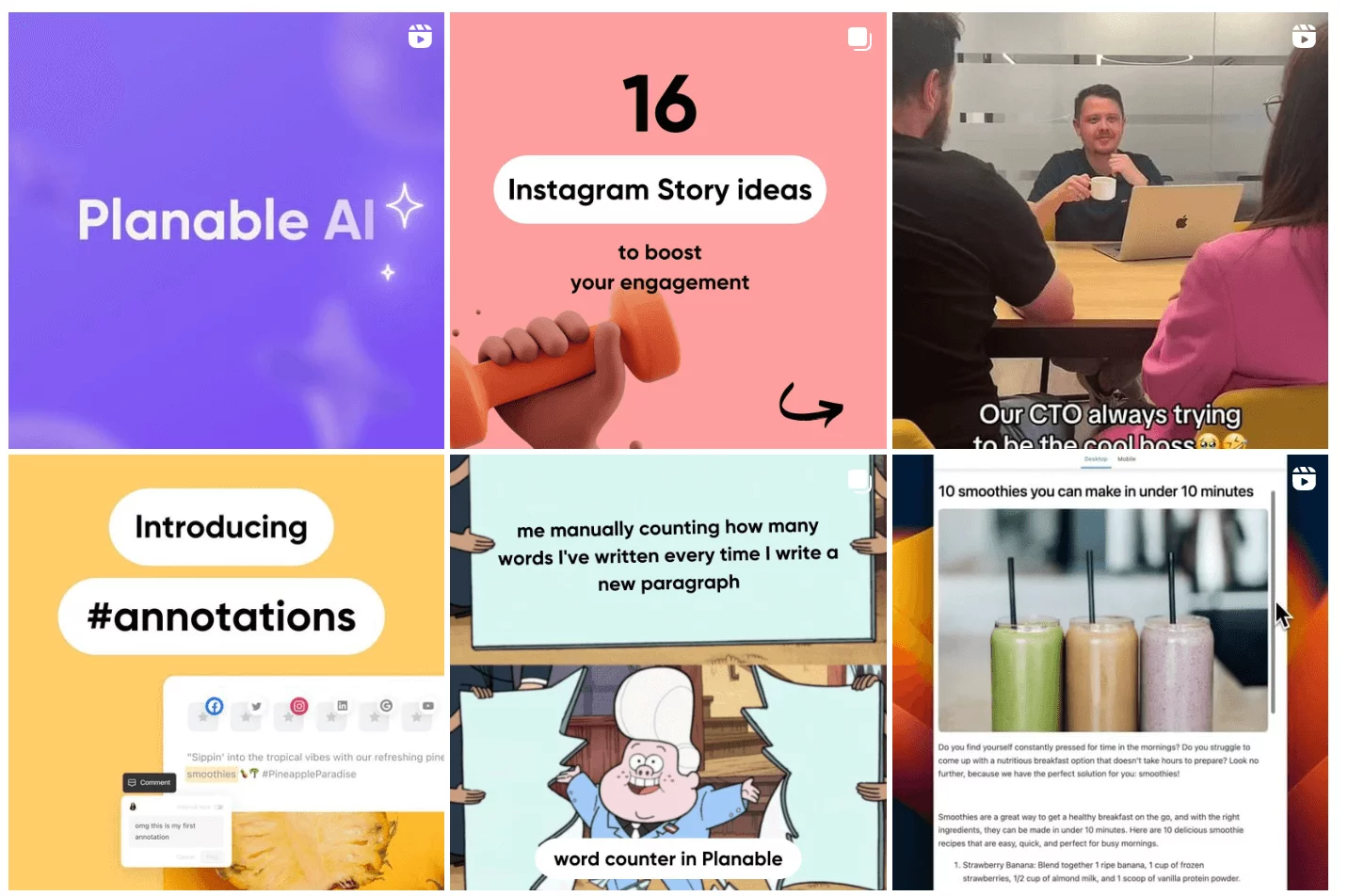
Educational, promotional and entertaining Instagram posts by Planable
92% of marketers say that video gives them a positive ROI, according to Wyzowl Research. No wonder video is an important part of any successful content marketing strategy.
Video content helps brands better explain products and services. It creates audience engagement, increases brand awareness, generates leads, and helps with sales and customer retention.
This format is versatile. You can create long, evergreen tutorials. Or short snackable videos to publish on social media and get people to react. You can go live from events, create in-depth interviews with experts, or showcase client stories.
Video content enhances your content marketing plan with compelling, visual stories, so use it throughout the buyer journey.
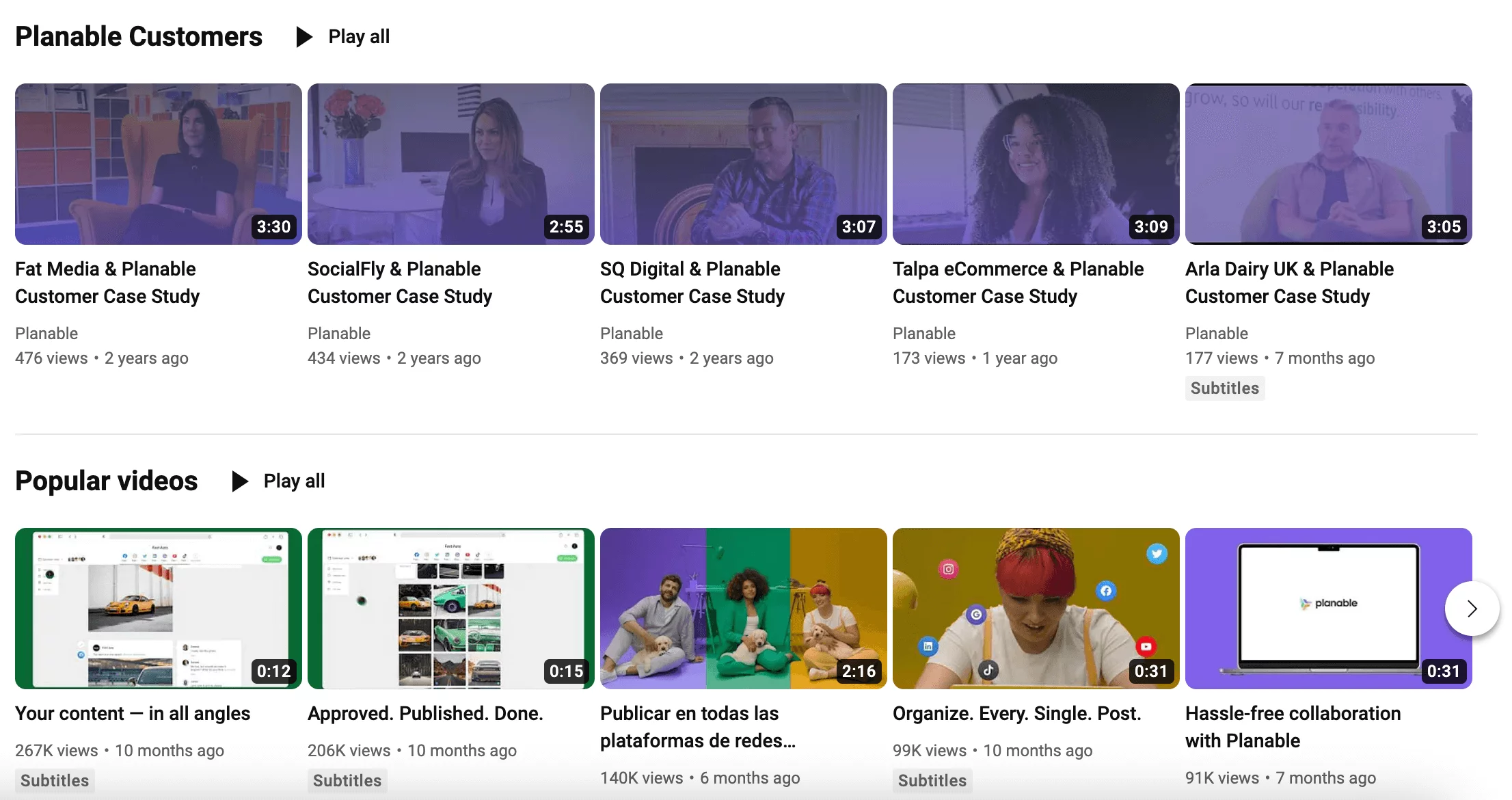
Customer case studies and promotional videos by Planable
3. Landing pages
Landing pages are designed to serve a single purpose, such as capturing leads, promoting a product or service, or encouraging a particular action from visitors.
They’re an integral part of content marketing plan for the following reasons:
- Focus on conversions. Landing pages encourage visitors to take specific actions, such as filling out a form, purchasing, signing up for a newsletter, or downloading a resource.
- Relevance. Each landing page is tailored to a particular audience or campaign. This ensures that the content and messaging are highly relevant to the visitor, increasing the likelihood of conversion.
- Data collection. These pages often include lead capture forms that collect valuable visitor information, such as names, email addresses, phone numbers, or other details — useful for future marketing efforts.
Landing pages are typically promoted through blog posts, social media content, newsletters, or paid advertising.
Once you capture leads, you can nurture them over time. By consistently delivering relevant and high-quality content, you can move leads further down the sales funnel.
4. Infographics
Visual content is often easier to grasp than text alone. That’s why content marketers use infographics to make information, data, or complex concepts more easily understandable at a glance.
Infographics typically combine short text, icons, and images to present information concisely. Well-designed infographics can establish your brand as an authority. They showcase your expertise and willingness to provide valuable information to your audience.
Infographics are engaging and highly shareable, helping increase your message’s reach and attract customers. Use them as stand-alone pieces or integrate them into longer content to break up the monotony and make information more digestible.
Check out Planable’s 50+ Social Media Trends post to see how to use infographics to enhance your content.
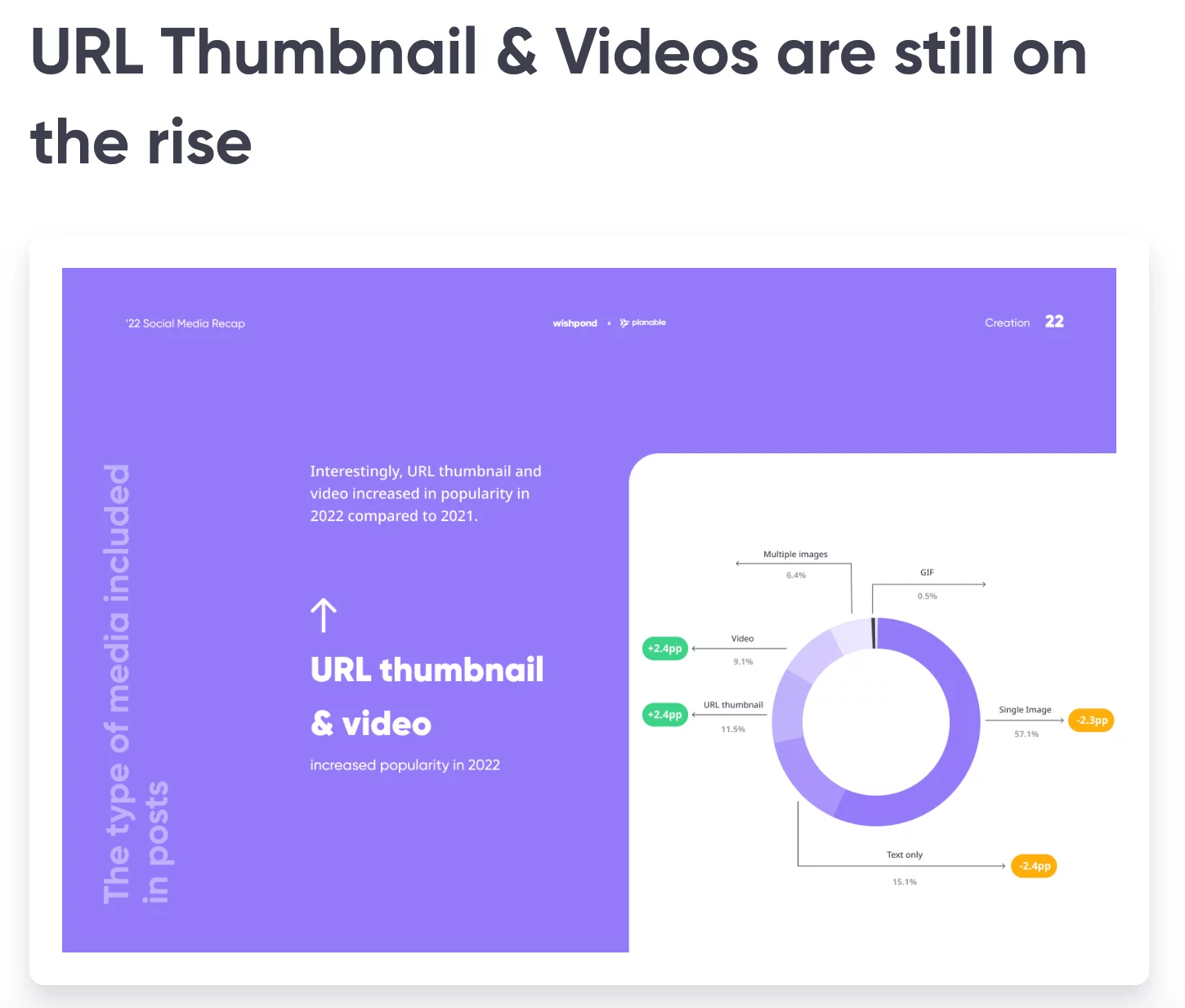
Types of media included in posts infographic
5. Podcasts
Podcasts have been steadily gaining popularity worldwide over the last decade. This audio format includes episodic content, such as interviews, discussions, and storytelling.
It’s worth creating a podcast as part of your content marketing strategy. Here’s why:
- Engagement. Listeners often become familiar with podcast hosts, making it an effective medium to build relationships and trust.
- Convenience. As opposed to videos or written content, podcasts can be consumed while multitasking or on the go, helping you reach an audience that might not have time for other forms of content.
- Thought leadership. Podcasts offer a platform for you to showcase your industry expertise, especially when effectively promoted by podcast advertising companies.
- Networking. Podcasts often involve interviews with experts, influencers, or customers. You can expand your network, build partnerships, and gain valuable insights into your audience.
- Lead generation. In your episodes, you can direct listeners to web pages, sign-up forms, or resources to capture leads and nurture them.
In addition, podcasts are an excellent source of valuable content that can be repurposed into other formats, such as blog posts, social media updates, or videos.
6. Emails & newsletters
Email marketing is one of the most efficient ways to communicate with your audience. Email helps with distributing content directly to your audience, including blog posts, videos, infographics, and links to sales pages.
Short or long, newsletters help you inform, educate, and nurture leads. They are an intrinsic part of content marketing strategies, helping you reach goals and gather important insights about clients that can inform all your marketing efforts.
Through segmentation, personalization, and automation, email marketing can be highly effective in delivering relevant content to specific audiences at the right time.
Stages of the content marketing strategy
Online marketing is a long-term process, not a quick fix. Content strategy requires patience, perseverance, and a deep understanding of the buyer’s journey. But the results are worth it: a steady flow of leads and return customers.
Understand how the different stages of content marketing work, and you’re well on your way to crafting high-value content that helps achieve business goals.
1. Awareness stage of content marketing
In the awareness stage, a potential customer becomes aware of a problem or need. The main objective at this stage is to capture people’s attention and introduce them to your brand by providing compelling content that addresses their pain points or interests.
Continuing the example above, if you have a shop selling bikes, you can write a blog post about the benefits of having a more active lifestyle and activity options. It does not discuss how to buy a bike yet, but it answers the customer’s question.
At this stage, create a content calendar with ideas that rank well in search engines. Promote this content through social media marketing and paid advertising to get awareness and provide solutions when potential clients need them.
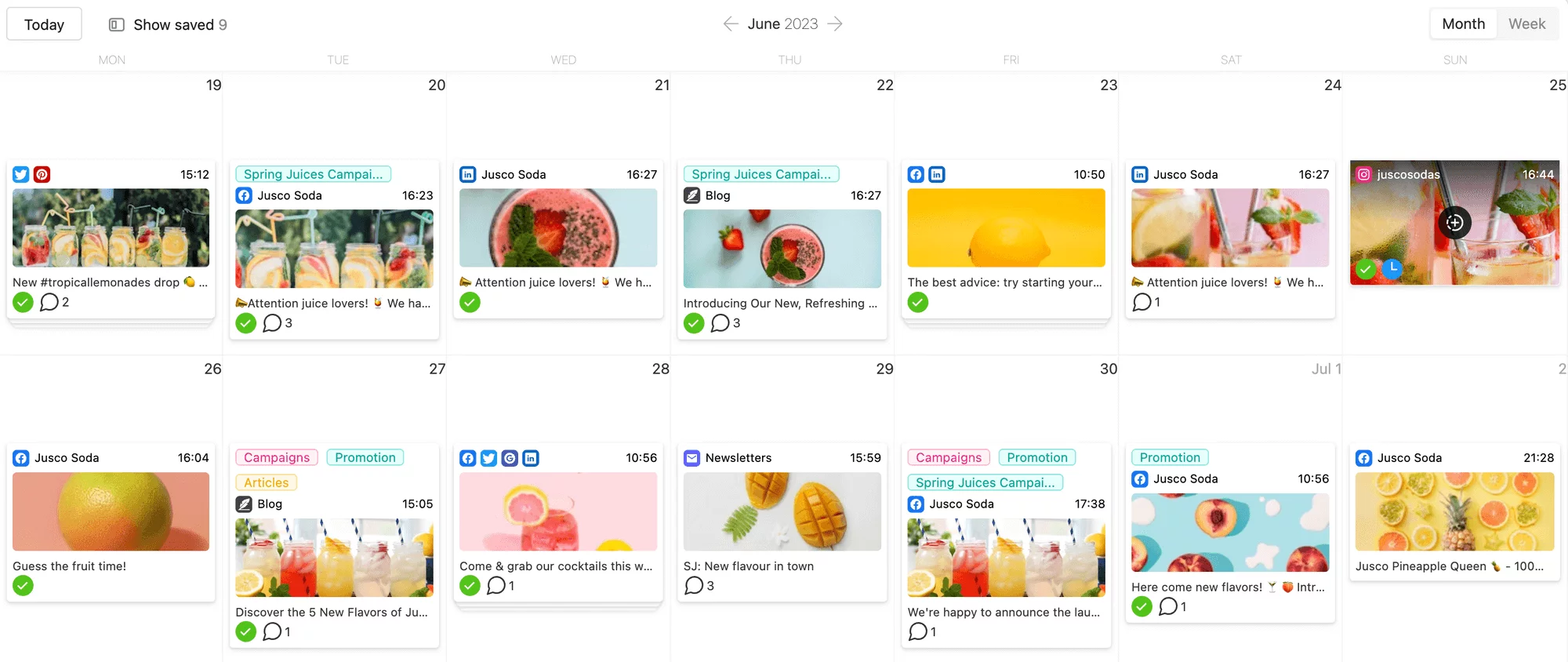
Approved ideas in a content calendar in Planable
When done right, this stage opens the door for further communication.
2. Consideration stage of content marketing
In the consideration stage, people are already aware of your brand and are considering buying a product or service.
Let’s say you educated the audience about working out and how owning a bike can help with fitness goals. It’s time to get more specific. For example, you can write an ebook walking people through what they should consider when choosing a bike: product types, riding surfaces, performance and cost, fit, etc.
Create content tailored to people’s needs, questions, and potential objections to buying. Depending on your business and offers, you can create video content, infographics, webinars, or podcasts to educate leads and get them to see you as a thought leader.
3. Decision stage of content marketing
You’ve done a great job and familiarized leads with your offering. They also view you as a trusted brand and would consider buying from you. It’s time to seal the deal with personalized and actionable content.
Going back to the bike shop example, you can now create videos with existing customers enjoying their purchases and FAQ pages addressing the most common questions you get in the shop or online.
Deliver product demos, highlight testimonials and client stories, and get specific about how and why a product will solve people’s problems.
Always include a compelling call to action in your content and explain the steps a buyer must go through.
4. Loyalty stage of content marketing
Your relationship with clients doesn’t end with the sale. Help your business thrive and cut client acquisition costs by having a content strategy that transforms one-time clients into loyal customers.
Pedaling away in our example, let’s say you sold a bike. Hurray! Follow up with the client and ask for feedback — you can do it by setting up an automated email sequence or sending a text message with a link. Encourage clients to leave online reviews on your shop’s social media profiles or Google reviews, as these help with brand trust and weigh a lot in buying decisions.
Ask existing clients for UGC (user-generated content), such as photos or videos of them benefiting from the product or service. Reshare them in social media and newsletters.
Distribute content about how to make the best out of the product or service you just sold: tips and recommendations from experts, troubleshooting videos, advanced user manuals, or product updates. Don’t forget to periodically offer exclusive discounts, renewal offers, or complementary products.
5. Advocacy stage of content marketing
Effective content marketing in this stage focuses on nurturing and strengthening customer relationships, turning them into influential brand ambassadors.
Create content that nurtures a community around your brand, such as:
- Advocate spotlights. Spotlight fans through blog posts, interviews, or featured stories.
- Exclusive content. Offer exclusive content or resources, such as advanced guides, industry insights, or early access to new products or features.
- Customer webinars or workshops. Host events where loyal fans dive deeper into industry topics, product usage, or best practices. You can use an event registration form to encourage attendees to sign up advance.
- Social media engagement. Engage with your fans on social media by responding to their posts, sharing their content, and expressing gratitude for their support.
Be generous with your loyal fans. They fuel your word-of-mouth marketing machine, one of the most efficient ways to get leads and increase sales.
What does our bike shop content look like at this stage? The shop is sending newsletters to clients with guides about bike routes, tips for healthy rides, and video tutorials about maintenance. A happy customer recommends the shop to a friend who wants to join his new healthy hobby. And so the customer journey continues.
Key features to look for in a content marketing tool
Plenty of tools exist, and choosing the best one can be daunting. Here are a few things to consider:
- Content planning. Look for organization features, such as content calendars, workflows, and collaboration tools, to help manage your creation process effectively.
- Content creation and editing. Choose a tool that offers built-in editors, templates, and AI support.
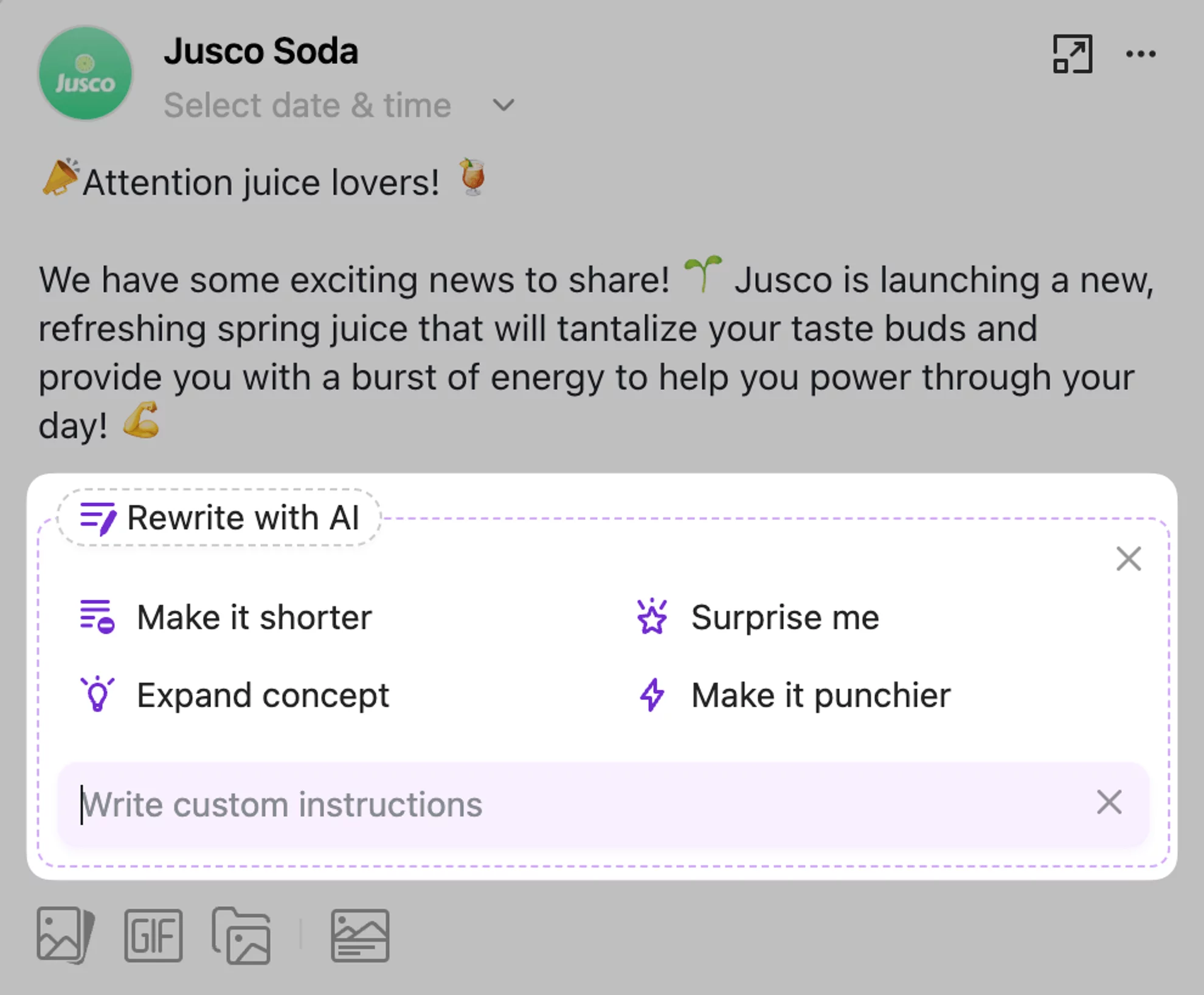
AI writing assistant in Planable
- User-friendliness. Ease of use is essential, especially if multiple team members use the tool. Have your team test it before making the purchase.
- Automation. The tool you choose should automate repetitive tasks, such as scheduling social media posts, reducing manual effort, and ensuring timely content delivery.
- Integration capabilities. Ensure that the tool can integrate seamlessly using Extract Track and Load (ETL) tools with your preferred distribution channels.
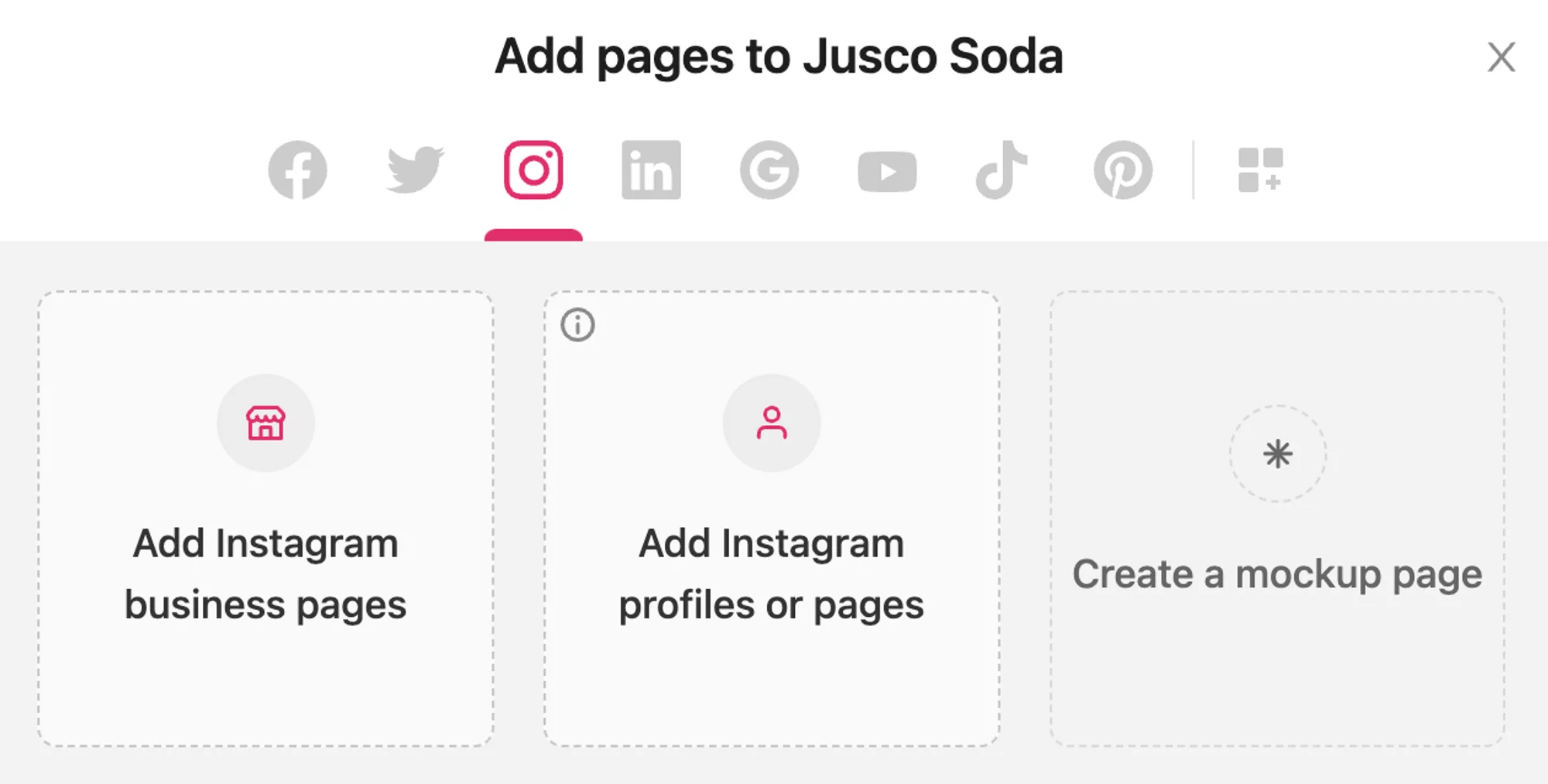
Social media and universal content pages in Planable
- Scalability. Consider whether the tool can scale with your business as your content marketing efforts grow. Ensure it can host your expanding content library.
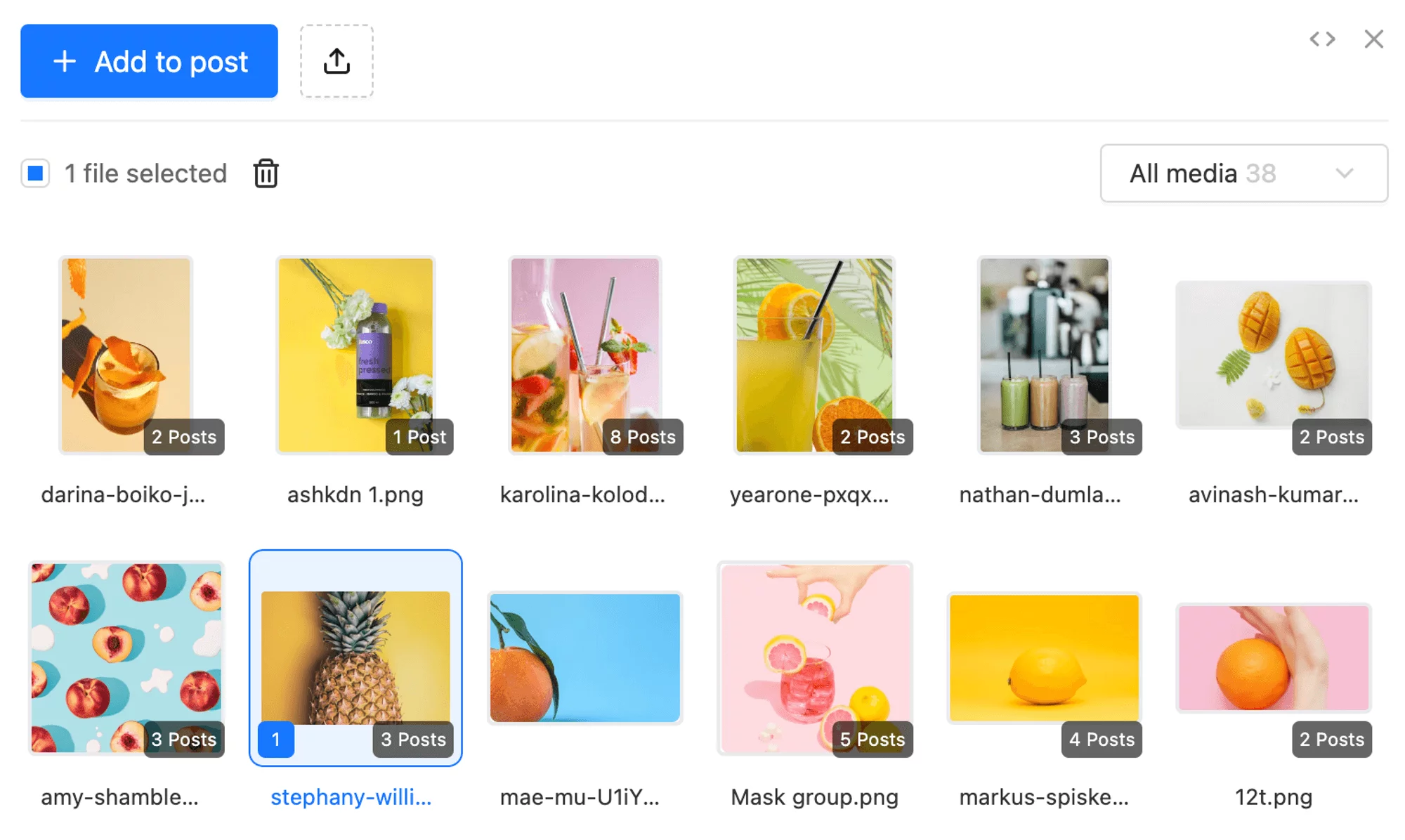
Content media library in Planable
- Budget. Knowing your budget constraints will help you narrow down your options.
Planable was created with content editing and publishing in mind. It integrates seamlessly with various platforms and offers advanced collaboration features to accommodate growing teams. Try it for free, for the first 50 posts, to automate tasks and focus on the creative side of content marketing.
Ready to amplify your content marketing efforts?
As you set sail on your content marketing journey, strategy is the roadmap, and the right tools will take you safely to your destination. Follow the steps outlined above, and great discoveries lie ahead.




